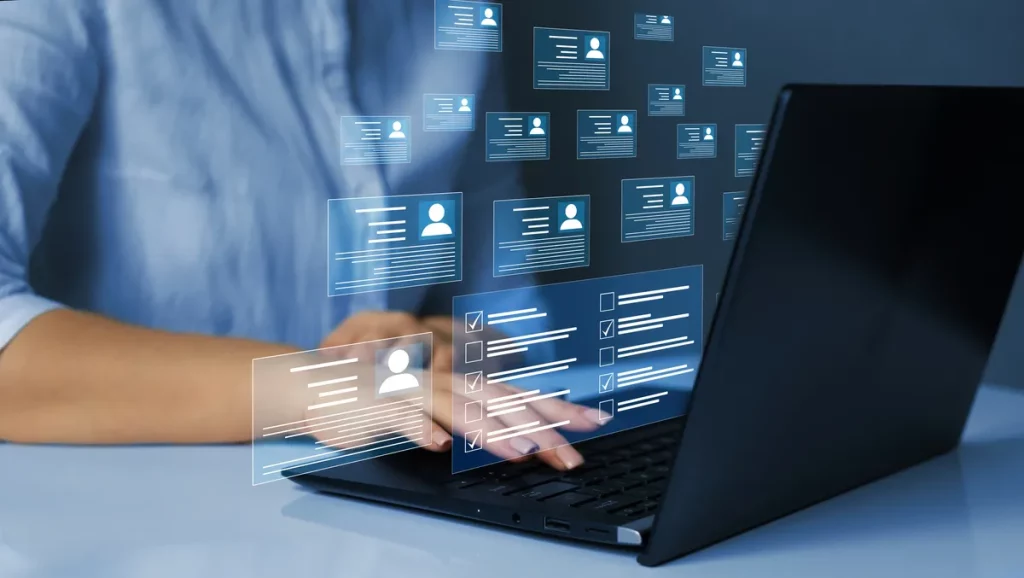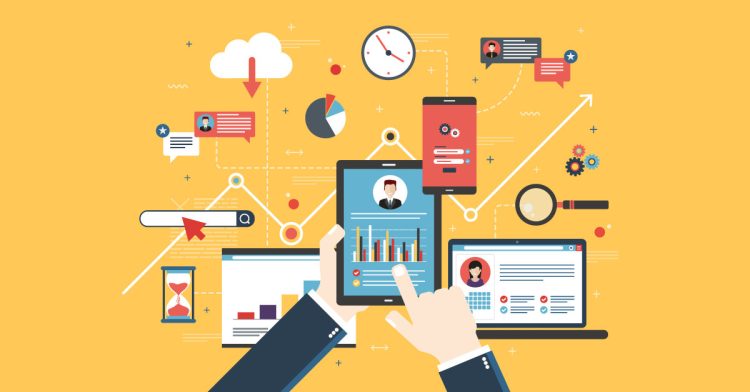Prologue: What Do We Mean by ‘Progress’?
For centuries, the story of human civilization has been told as a story of progress. Progress in agriculture freed us from hunger. Progress in medicine extended life. Progress in communication brought distant peoples together. But as technological capabilities accelerate, so too do the questions about whether all progress is truly an improvement.
What does it mean to live a good life in a world where machines can outperform us in calculation, predict our desires, and even alter our biology? How should societies balance innovation with values like dignity, fairness, and freedom? These questions define the relationship between technology and the human condition—not merely how we live, but what we understand ourselves to be.
Section I: Enhancing Life – Health, Longevity, Education
Technology has undeniably improved many aspects of human existence.
1. Health:
The transition from rudimentary herbal medicine to antibiotics, vaccines, robotic surgery, and genomic therapies has saved billions of lives. AI-driven diagnostic tools now detect diseases earlier than physicians, and wearable devices enable continuous health monitoring.
2. Longevity:
The global average life expectancy has doubled since 1900. Innovations in sanitation, nutrition, and now regenerative medicine are pushing the boundaries further. Some scientists envision that aging itself could become a treatable condition.
3. Education:
Digital platforms have democratized access to knowledge. Remote learning and open online courses allow anyone with an internet connection to study subjects once accessible only to elites. Virtual and augmented reality promise to make education more immersive and experiential.
These achievements demonstrate technology’s potential as a tool for human flourishing—extending our physical vitality and mental horizons.
Yet, they also introduce dilemmas: the unequal distribution of advanced healthcare, the widening digital divide in education, and the ethical boundaries of life extension. The central question emerges: Does better technology necessarily mean better humanity?
Section II: Threats to Humanity – Privacy, Autonomy, Inequality
Technological progress often comes at a hidden cost to the human condition.
1. Privacy Erosion:
In the digital economy, personal data has become a form of currency. Every click, purchase, and movement can be tracked, stored, and analyzed. Surveillance capitalism enables unprecedented personalization but also unprecedented intrusion.
2. Autonomy Challenges:
Recommendation algorithms influence what we read, watch, and even believe. When AI predicts our preferences and nudges our decisions, the traditional notion of free will becomes blurred.
3. Inequality Amplification:
The benefits of innovation frequently accrue to those with access to capital, education, and digital infrastructure. Automation threatens jobs in manufacturing and services, risking social unrest if not managed with foresight.
4. Ecological Strain:
High-tech lifestyles demand energy, rare earth metals, and global supply chains that contribute to environmental degradation. The very tools that empower us may also destabilize the planet’s ecosystems.
These risks underscore the need to redefine progress not only in technical terms but also in ethical and ecological terms.
Section III: Ethical Fault Lines – AI Alignment, Genetic Editing, Surveillance
Three domains illustrate the moral challenges at the frontier of innovation.
AI Alignment:
The central concern is not only whether artificial intelligence will become superintelligent but whether it will act in accordance with human values. Even well-intentioned algorithms can produce biased outcomes due to skewed data, as seen in judicial risk assessments and hiring software.
Genetic Editing:
CRISPR technology allows scientists to alter the genetic code with unprecedented precision. While this offers hope for eradicating hereditary diseases, it also raises the specter of “designer babies” and a new era of genetic inequality.
Surveillance Technologies:
Facial recognition and ubiquitous sensors promise greater security but also grant states and corporations vast power over individuals. The trade-off between safety and privacy has become one of the defining political dilemmas of the 21st century.
These ethical frontiers demand global dialogue and robust governance frameworks to ensure that the drive to innovate does not override the commitment to uphold human dignity.

Section IV: Technology as Culture – How It Shapes Identity and Community
Technology is not just a set of tools; it is also a cultural force that shapes how we perceive ourselves and relate to others.
- Digital Identity: Online avatars, social media profiles, and virtual communities enable new forms of self-expression while sometimes detaching individuals from their physical and social contexts.
- Global Connectivity: The internet has given voice to marginalized groups and facilitated movements for justice across borders. Yet it has also amplified echo chambers and polarization.
- Work and Purpose: Automation and the gig economy are changing not only how people earn a living but also how they find meaning and purpose in their work.
- Human–Machine Relationships: As robots and AI assistants become more present in care, education, and companionship, questions arise about emotional bonds with non-human agents.
The way we integrate technology into daily rituals, traditions, and social norms will influence whether it enhances or diminishes our sense of shared humanity.
Section V: A Dialogue – A Technologist Meets a Philosopher
To illuminate the tension between innovation and ethics, imagine a conversation between Aria, a leading AI engineer, and Dr. Sol, a moral philosopher.
Aria: “Technology is neutral. It’s just a tool. It’s up to society to use it wisely.”
Dr. Sol: “Tools shape the hands that wield them. Once deployed, they change incentives, institutions, and even what we value.”
Aria: “But halting progress would be irresponsible. AI can solve climate change, cure diseases, and make life better for billions.”
Dr. Sol: “True, but whose definition of ‘better’ will guide these systems? Without deliberate reflection, we risk optimizing for efficiency while neglecting compassion and justice.”
Aria: “Then we need better policies and regulations, not slower innovation.”
Dr. Sol: “And we need a shared global ethic—otherwise each advance risks becoming another contest of power.”
This fictional exchange reflects a real societal debate: the need to pair technological capability with moral responsibility.
Section VI: Navigating the Future – Principles for Humane Innovation
If humanity is to harness technology in service of the human condition, certain guiding principles are essential:
- Inclusivity: Ensure equitable access to technological benefits across regions, genders, and socioeconomic groups.
- Transparency: Make algorithms and decision-making processes auditable and accountable.
- Human-Centered Design: Prioritize dignity, autonomy, and well-being in every application.
- Ecological Responsibility: Develop technologies with consideration for planetary boundaries.
- Global Cooperation: Build cross-border frameworks to manage risks such as AI arms races and biosecurity threats.
- Cultural Respect: Recognize that technological adoption occurs in diverse cultural contexts and avoid imposing one-size-fits-all models.
These principles are not mere aspirations; they are prerequisites for a sustainable and just technological civilization.
Closing Reflections: Beyond Optimism and Pessimism
Debates about technology often polarize into two camps: the techno-optimists who see innovation as a panacea and the techno-pessimists who warn of dystopia. Both miss the more nuanced reality: technology is a mirror of humanity. It magnifies our wisdom and our folly alike.
The challenge before us is not to choose between progress and tradition but to shape progress itself—to embed in our tools the values that make us more fully human. This requires collaboration between engineers and ethicists, policymakers and educators, communities and innovators.
As we enter an age where boundaries blur—between human and machine, natural and artificial—the question “What does it mean to be human?” gains new urgency. The answer will be written not only in code and policy but in the everyday choices of billions of people around the world.
If we can unite technological ingenuity with ethical imagination, we may find that the future need not be a struggle between humans and machines, but a shared journey toward a richer and more humane existence.
















































